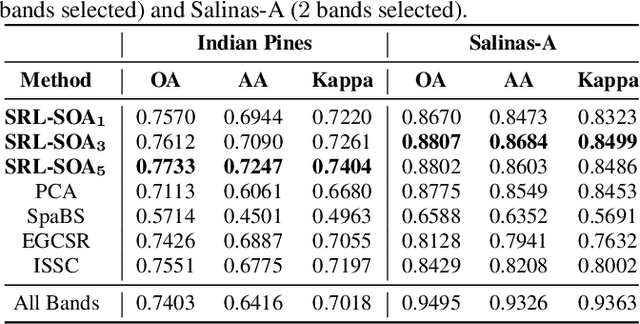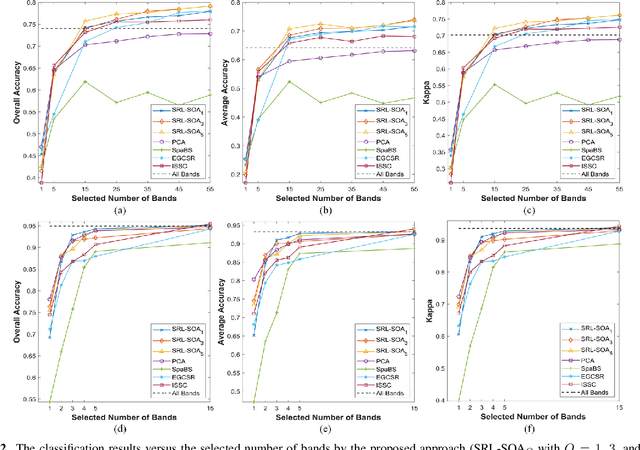Iftikhar Ahmad
Proactive Blockage Prediction for UAV assisted Handover in Future Wireless Network
Feb 06, 2024Abstract:The future wireless communication applications demand seamless connectivity, higher throughput, and low latency, for which the millimeter-wave (mmWave) band is considered a potential technology. Nevertheless, line-of-sight (LoS) is often mandatory for mmWave band communication, and it renders these waves sensitive to sudden changes in the environment. Therefore, it is necessary to maintain the LoS link for a reliable connection. One such technique to maintain LoS is using proactive handover (HO). However, proactive HO is challenging, requiring continuous information about the surrounding wireless network to anticipate potential blockage. This paper presents a proactive blockage prediction mechanism where an unmanned aerial vehicle (UAV) is used as the base station for HO. The proposed scheme uses computer vision (CV) to obtain potential blocking objects, user speed, and location. To assess the effectiveness of the proposed scheme, the system is evaluated using a publicly available dataset for blockage prediction. The study integrates scenarios from Vision-based Wireless (ViWi) and UAV channel modeling, generating wireless data samples relevant to UAVs. The antenna modeling on the UAV end incorporates a polarization-matched scenario to optimize signal reception. The results demonstrate that UAV-assisted Handover not only ensures seamless connectivity but also enhances overall network performance by 20%. This research contributes to the advancement of proactive blockage mitigation strategies in wireless networks, showcasing the potential of UAVs as dynamic and adaptable base stations.
SRL-SOA: Self-Representation Learning with Sparse 1D-Operational Autoencoder for Hyperspectral Image Band Selection
Feb 20, 2022


Abstract:The band selection in the hyperspectral image (HSI) data processing is an important task considering its effect on the computational complexity and accuracy. In this work, we propose a novel framework for the band selection problem: Self-Representation Learning (SRL) with Sparse 1D-Operational Autoencoder (SOA). The proposed SLR-SOA approach introduces a novel autoencoder model, SOA, that is designed to learn a representation domain where the data are sparsely represented. Moreover, the network composes of 1D-operational layers with the non-linear neuron model. Hence, the learning capability of neurons (filters) is greatly improved with shallow architectures. Using compact architectures is especially crucial in autoencoders as they tend to overfit easily because of their identity mapping objective. Overall, we show that the proposed SRL-SOA band selection approach outperforms the competing methods over two HSI data including Indian Pines and Salinas-A considering the achieved land cover classification accuracies. The software implementation of the SRL-SOA approach is shared publicly at https://github.com/meteahishali/SRL-SOA.
 Add to Chrome
Add to Chrome Add to Firefox
Add to Firefox Add to Edge
Add to Edge